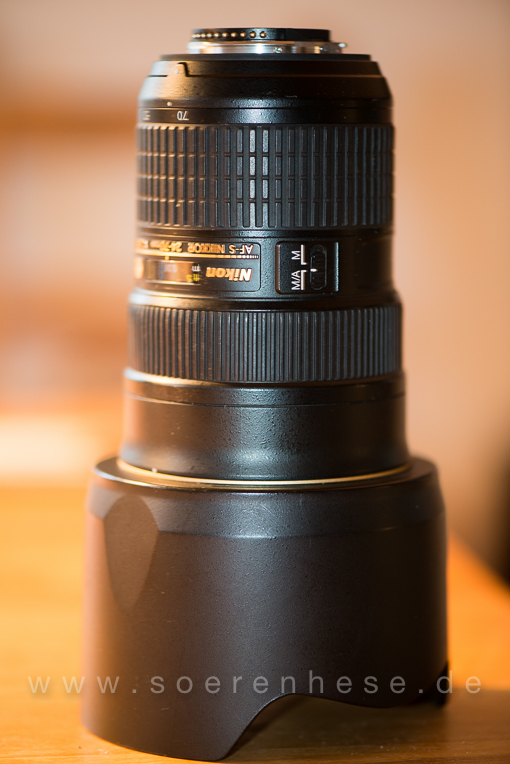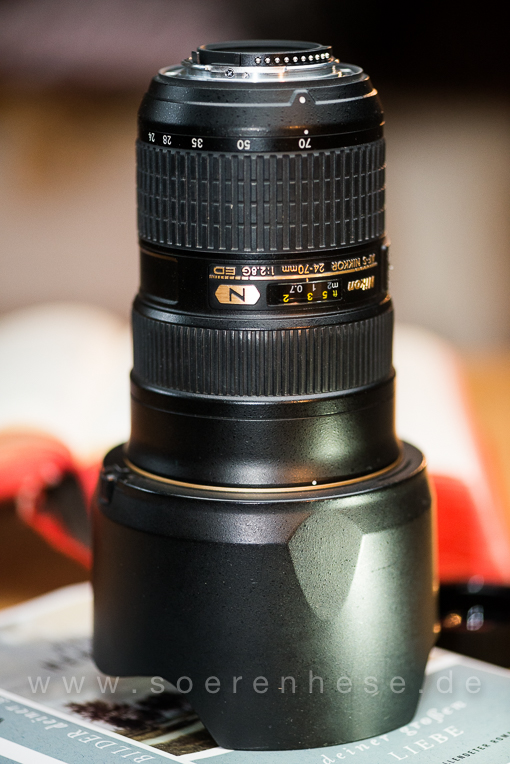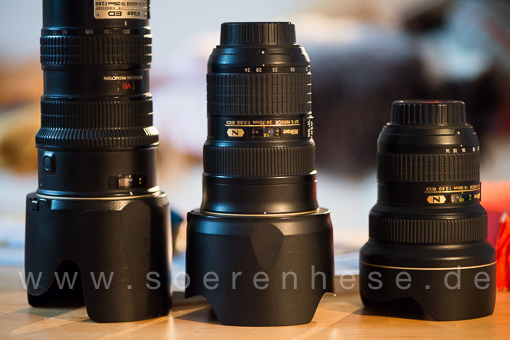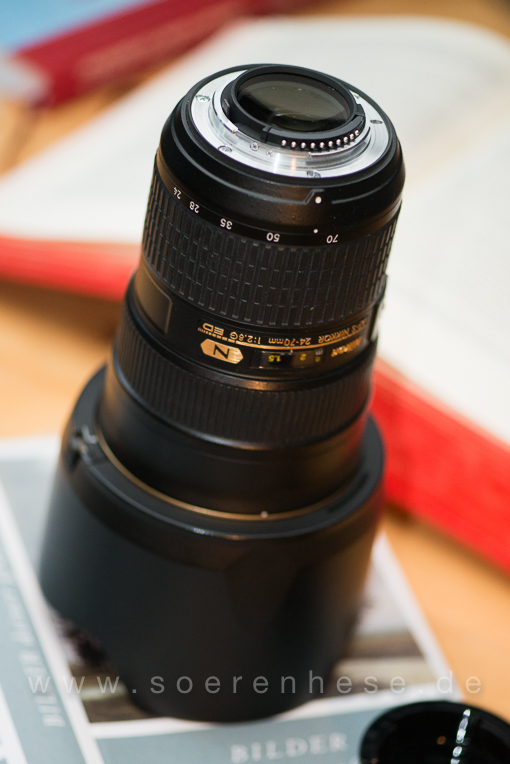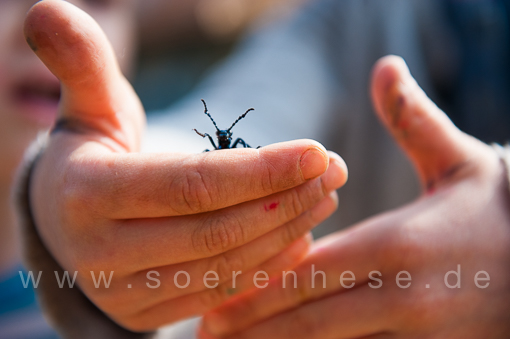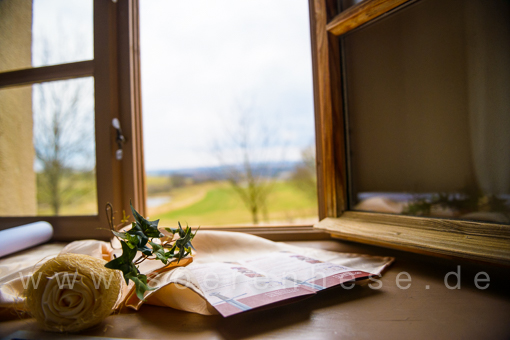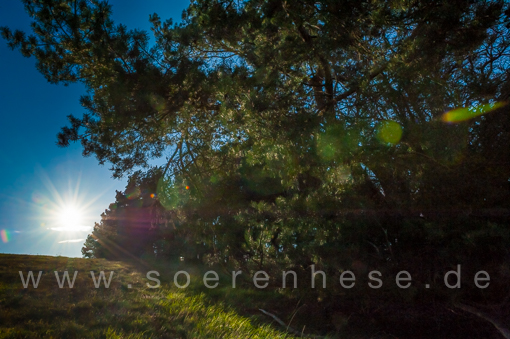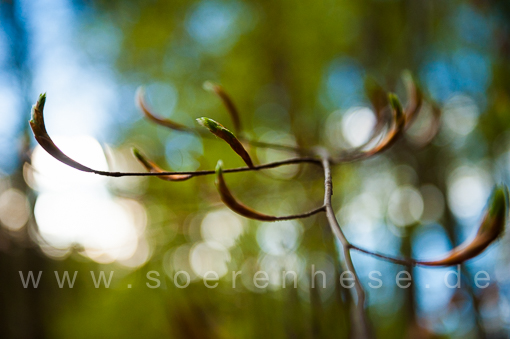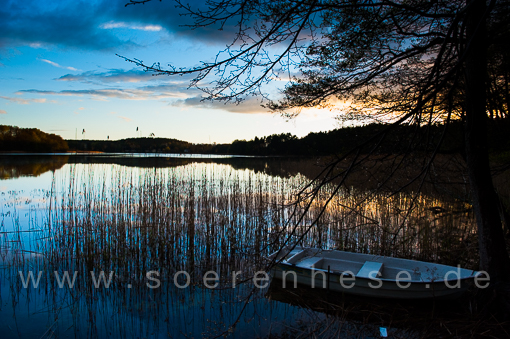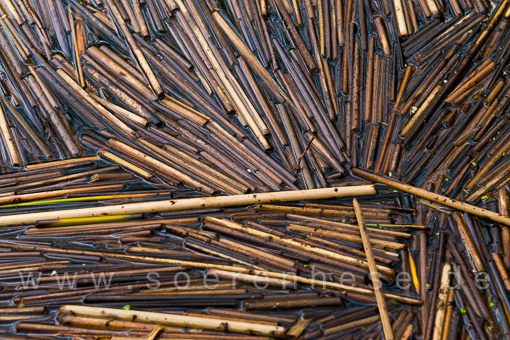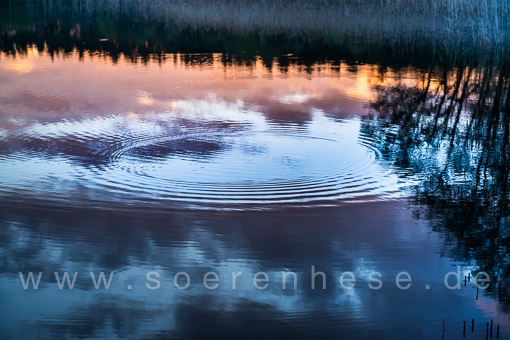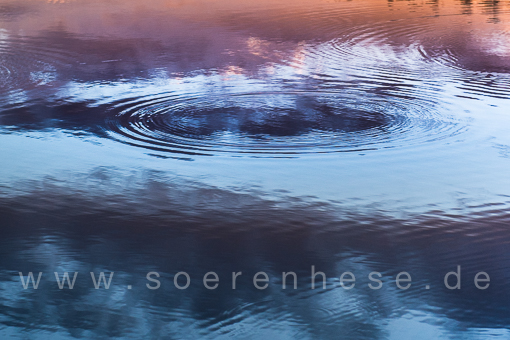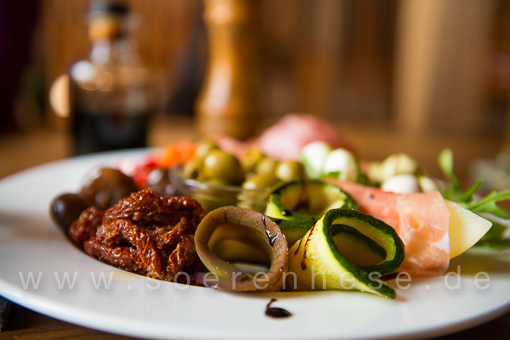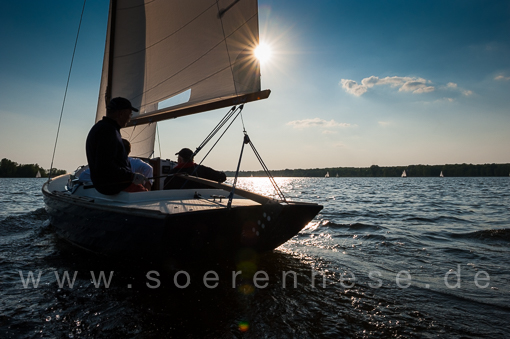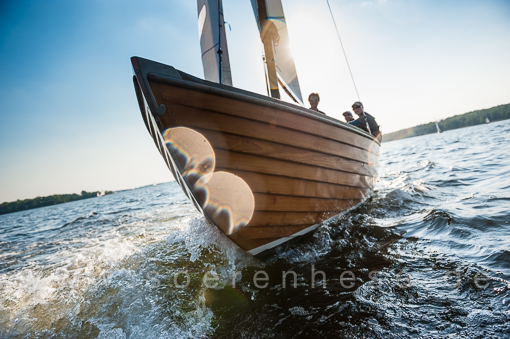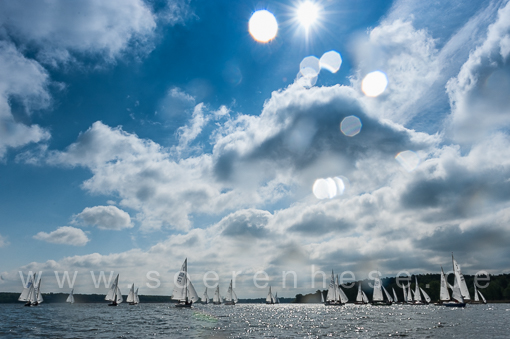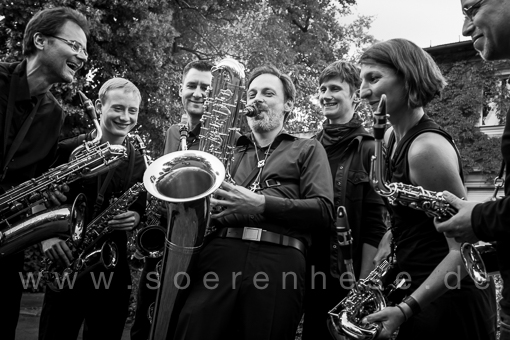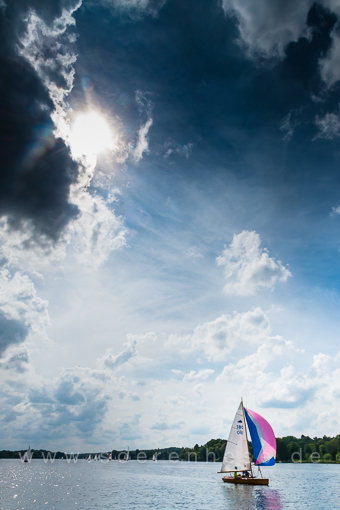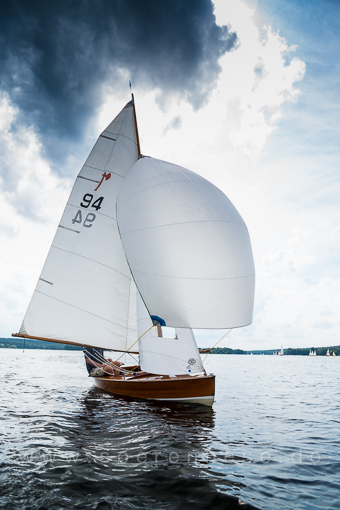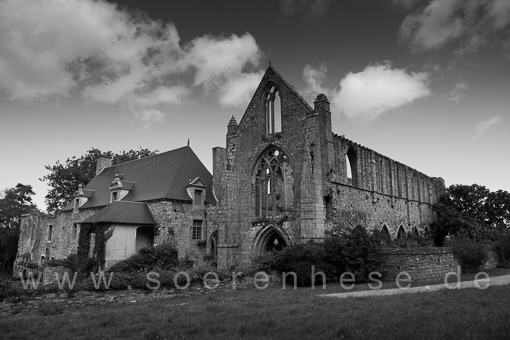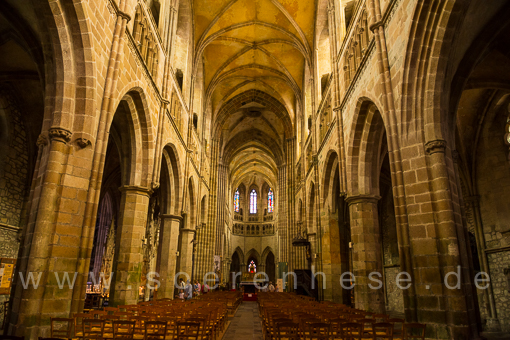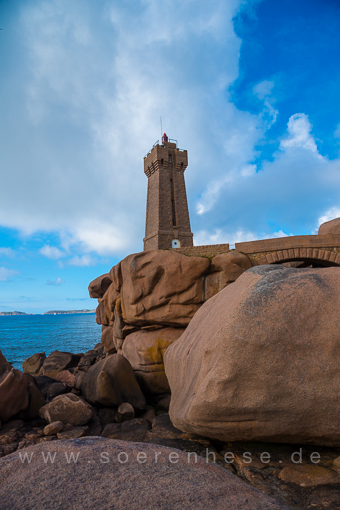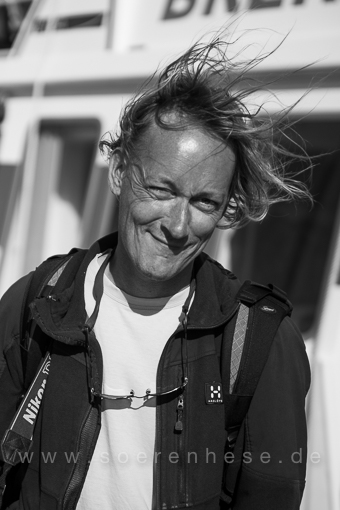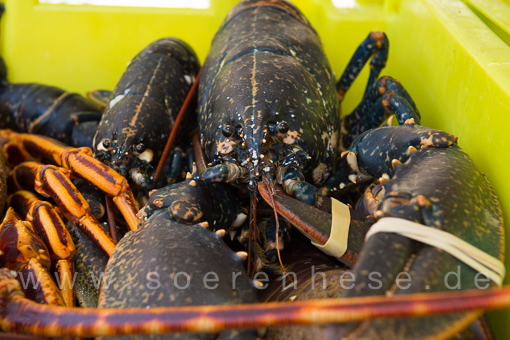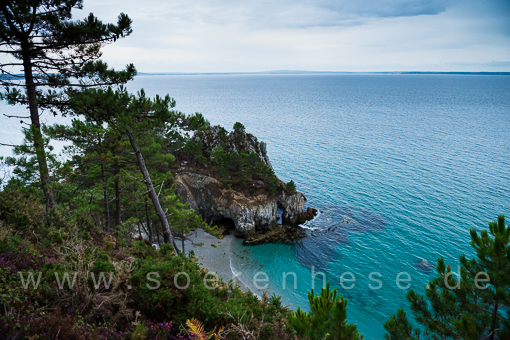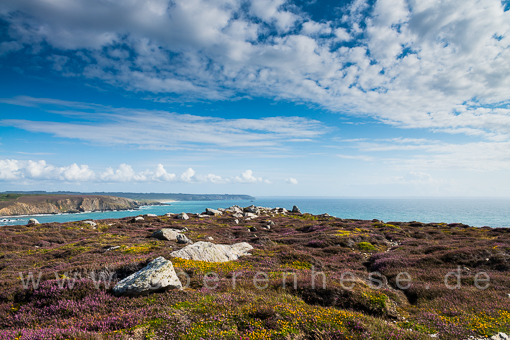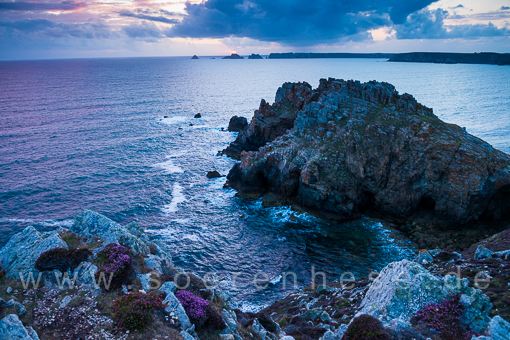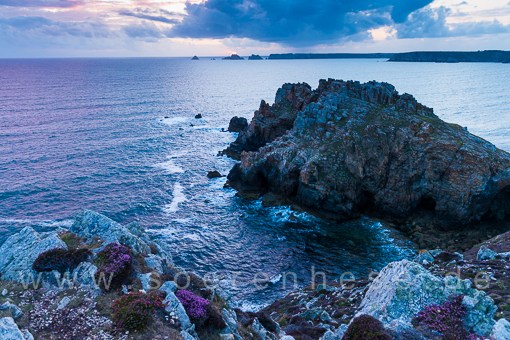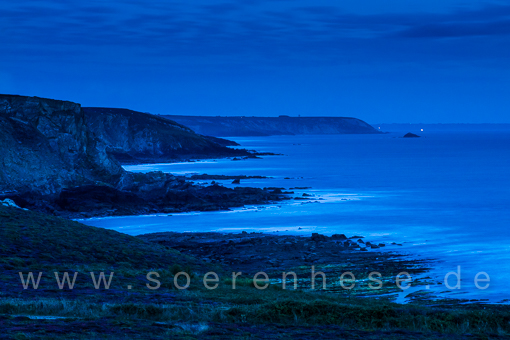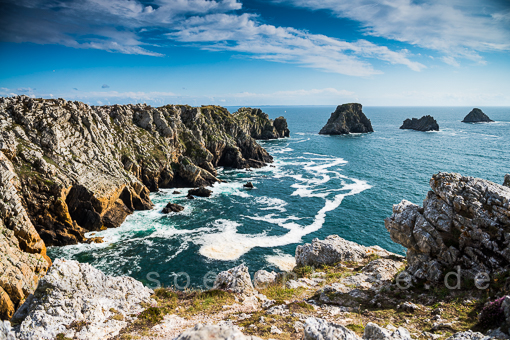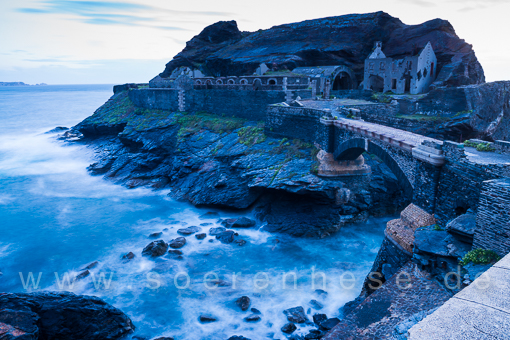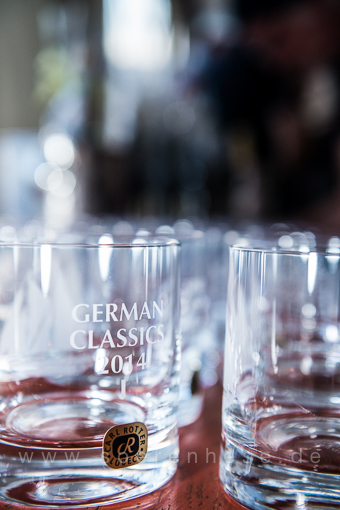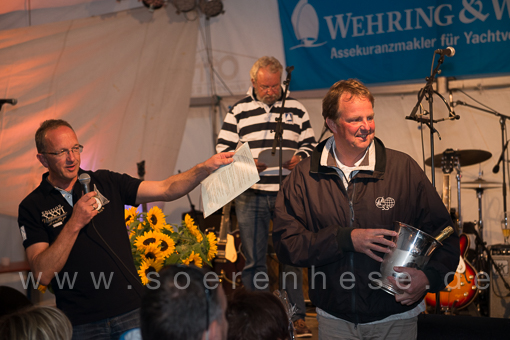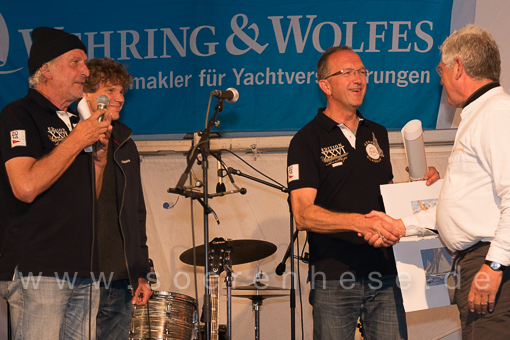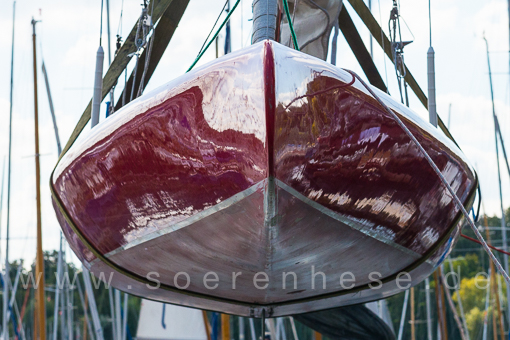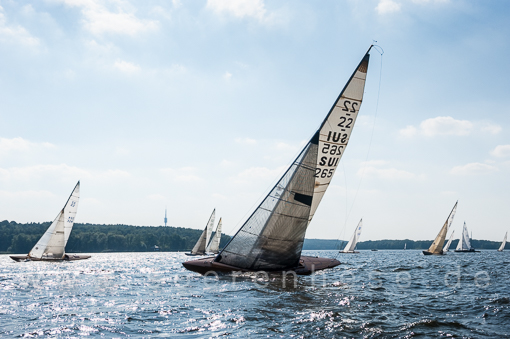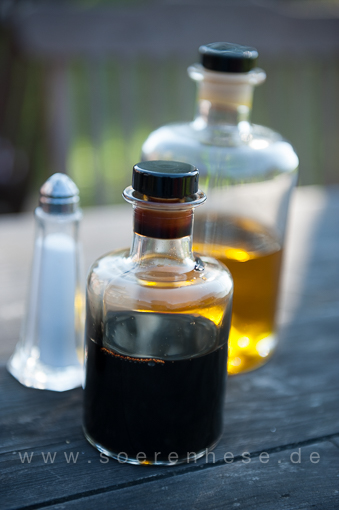The Nikkor AFS 24-70 mm f2.8G – fast all-rounder
Standard zoom range at its best … – best bokeh: the Nikkor 24-70mm f2.8G
.
The Nikkor AF-S 24-70mm f2.8G ED
.
The 24-70 wasnt on my priority purchase list for quite some time. Its focal range was just not too important for my type of regular shootings. But since I started doing circus and artistic performance events and also occasionally dancing events – I found the 24-70 range to be a „must have” here. The 24-50 mm range is where you need to go quickly when you work directly in front of the stage. In combination with a second body and 85 f1.4 or the 70-200 f2.8 this provides lots of flexibility.
There are various comments in the net about the Nikon 24-70 and to sum the critics up: „no VR” and “edge sharpness is missing on the D800“ are the most common complaints. There is also indication that the front tubus is damaged easily when lens drops without a hood.
The 24-70 isn’t a small lens but it packs a lot of performance into the typical range of the 24-35-50-( not really 85).
.
VR is imo very much overrated. For sports and stage performances its not much of use as your subjects usually move quickly and VR would be of no help here. Edge sharpness at f2.8 is indeed not as good as with the 14-24 but it isnt far behind and for critical scenes go to f5.6 for clean edges on the D800/D810. So far I believe the 24-70 is THE perfect allrounder.
.
.
Bokeh is wonderful for a 24-70 zoom and autofocus snaps to place as one expects from a serious bread&butter kind of lens. The sunstars are symmetric (if you are picky with selecting a lens version with symmetric blades!) and the shape of the stars is sharp and clean. The construction is the usual heavy duty approach for Nikon pro lenses and operating the lens is a pure joy: zoom and focus just works butter smooth. There is a slight stiffness/resistance when the zoom goes from 35 to 50 but I do not find that too much of a problem so far. The lens is mainly made from using variants of aluminium and magnesium and this makes it a heavy lens. A huge sun shade protects the front element and the lens looks indeed substantial but handling is perfect together with one of Nikons Pro DSLRs. The sun shade should always be left on the lens. Reasoning: if your lens falls on the front element it seems as if this incarnation of the standard zoom is especially prone to helicoid damages and the front is plastic made. If that makes any difference for you … : the lens is “Made in Japan”.
Chromatic aberrations are not too much a problem and the tiny CAs can be easily corrected in post processing. More a problem is coma with this lens. If you want to use 24 mm for astro shots you should use a different lens for that. Coma is best at 70 mm and worst at 24 mm and as usual a problem in the frame corners.
For some the distortion parameters might be the topic that keeps them from buying this lens but the distortion at 24 mm is corrected in LR without too much of problem. Vignetting is very low at f2.8 and this is really good news because you will likely use f2.8 with this lens very often (hint: bookeh :) )
–
The lens also works as a Near Infrared lens if you might want to go that route also. There is no hotspot detectable with my IR converted D1x but (as usual) flare is a serious issue in the NIR domain.
So after a while I made myself comfortable with purchasing a 24-70 in winter 2013/2014. Unfortunately the lens doesnt really overlap much with the 14-24 – or to put it the right way the 14-24 wont go to 35 mm and so when you hit 24mm and want a bit wider you quickly have to switch to the 14-24. So imo there should be more overlap within the “holy trinity” lens selection (the 14-24 / 24-70 / 70-200 – trio).
Some very detailed reviews that you easily find on the web:
+ LensTip
–
–
Before lens profile correction in Lightroom
–
